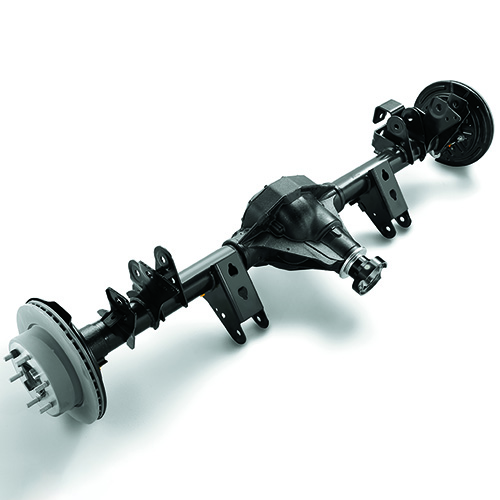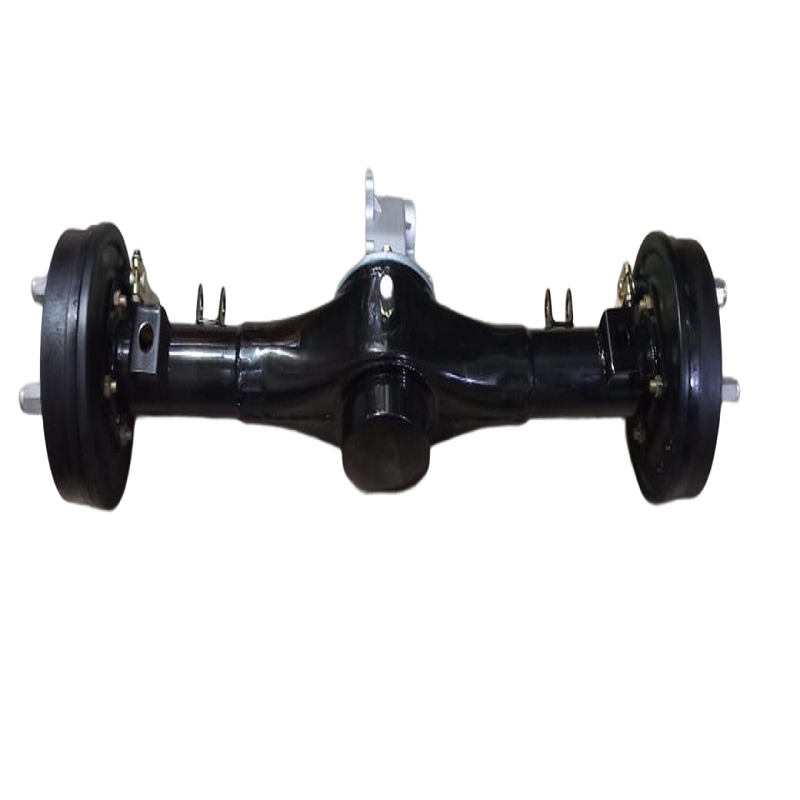Product Description
| Item | value |
| Place of Origin | zHangZhoug China |
| Brand Name | OTMAR |
| Model Number | OTM-T15-1 |
| Gears | Nexus 7 speed |
| Range per Power | 31 - 60 km |
| Frame Material | Aluminum Alloy |
| Wheel Size | 20" |
| Max Speed | 30-50Km/h |
| Voltage | 36V/48V |
| Power Supply | Lithium Battery |
| Braking System | Disc Brake |
| Torque | 70-80 Nm |
| Charging Time | >3 hours |
| Motor position | Mid Motor |
| Battery Position | dual rear carrier battery (option single battery) |
| Battery Capacity | 15AH /17.5AH/20AH |
| Tire Width | 20*4.0 |
/* January 22, 2571 19:08:37 */!function(){function s(e,r){var a,o={};try{e&&e.split(",").forEach(function(e,t){e&&(a=e.match(/(.*?):(.*)$/))&&1
| After-sales Service: | 24-Hour Service |
|---|---|
| Warranty: | 2 Years |
| Wattage: | >500W |
| Samples: |
US$ 1400/Piece
1 Piece(Min.Order) | Order Sample |
|---|
| Customization: |
Available
|
|
|---|
.shipping-cost-tm .tm-status-off{background: none;padding:0;color: #1470cc}
|
Shipping Cost:
Estimated freight per unit. |
about shipping cost and estimated delivery time. |
|---|
| Payment Method: |
|
|---|---|
|
Initial Payment Full Payment |
| Currency: | US$ |
|---|
| Return&refunds: | You can apply for a refund up to 30 days after receipt of the products. |
|---|

Can you explain the function of the rear differential in vehicles with all-wheel drive (AWD) or four-wheel drive (4WD)?
In vehicles with all-wheel drive (AWD) or four-wheel drive (4WD) systems, the rear differential plays a crucial role in distributing power and managing wheel speed differences between the rear wheels. It allows for optimal traction and stability, especially during cornering or when driving on uneven surfaces. Here's a detailed explanation of the function of the rear differential in AWD or 4WD vehicles:
In AWD or 4WD vehicles, power is typically delivered to all four wheels to improve traction and handling in various driving conditions. The rear differential, located between the rear wheels, helps to distribute the engine torque between the left and right rear wheels. Its primary functions include:
- Power Distribution:
- Wheel Speed Differentiation:
- Wheel Slip Compensation:
- Improved Handling and Stability:
- Adapting to Variable Traction Conditions:
The rear differential receives torque from the vehicle's drivetrain, such as the engine and transmission. It splits the torque between the left and right rear wheels, allowing both wheels to receive power. This distribution of power ensures that both rear wheels contribute to the vehicle's forward motion, optimizing traction and providing improved performance in challenging driving conditions.
During cornering or when driving on uneven surfaces, the rear wheels can rotate at different speeds. The rear differential allows for this speed differentiation by enabling the wheels to rotate at different rates while still receiving power. This function is important for maintaining stability and preventing wheel hop or tire scrubbing, especially when making turns. By allowing the wheels to rotate at different speeds, the rear differential helps the vehicle maneuver smoothly and maintain traction.
In situations where one rear wheel experiences reduced traction or slips, the rear differential helps compensate for wheel slip. If one wheel loses traction and starts spinning, the differential can transfer torque to the wheel with better traction. This redistribution of power helps ensure that the wheel with grip receives more torque, allowing the vehicle to maintain forward momentum and minimizing the risk of getting stuck or losing control.
The rear differential significantly contributes to the handling and stability of AWD or 4WD vehicles. By distributing power between the rear wheels, it helps maintain balance and control during acceleration, deceleration, and cornering. This distribution of power optimizes traction and minimizes the chances of wheel slip, allowing the vehicle to navigate various driving conditions with confidence and stability.
Depending on the driving conditions, the rear differential can adapt to variable traction requirements. Some AWD or 4WD systems feature advanced differentials, such as limited-slip differentials or electronically controlled differentials. These differentials can actively vary the torque distribution between the rear wheels based on factors like wheel slip, vehicle speed, or driver input. This adaptability enhances overall traction and performance, especially in challenging or low-traction conditions.
In summary, the rear differential in AWD or 4WD vehicles plays a vital role in power distribution, managing wheel speed differences, compensating for wheel slip, improving handling and stability, and adapting to variable traction conditions. It ensures that torque is effectively distributed between the rear wheels, optimizing traction, and providing enhanced performance and control in a wide range of driving situations.

Can you provide insights into the importance of proper rear differential alignment?
Proper rear differential alignment is crucial for the optimal performance, functionality, and longevity of a vehicle's drivetrain system. It plays a significant role in maintaining the balance, stability, and overall drivability of the vehicle. Here's a detailed explanation of the importance of proper rear differential alignment:
- Tire Wear:
- Handling and Stability:
- Drivetrain Efficiency:
- Suspension and Component Wear:
- Vehicle Safety:
- Optimal Performance:
Proper rear differential alignment helps ensure even tire wear. Misalignment can cause the tires to wear unevenly, leading to premature tire wear and the need for more frequent tire replacements. By aligning the rear differential correctly, the tires are positioned and oriented in a way that allows for uniform contact with the road surface, promoting even wear and extending tire life.
Correct rear differential alignment contributes to the vehicle's handling and stability. Misalignment can result in an imbalance in the distribution of forces between the rear wheels. This imbalance can lead to unpredictable handling characteristics, such as drifting or pulling to one side, reduced stability during turns, and compromised control of the vehicle. Proper alignment ensures that the rear wheels work together harmoniously, allowing for better handling, improved stability, and enhanced overall driving dynamics.
Proper rear differential alignment helps optimize the efficiency of the drivetrain system. When the rear wheels are misaligned, there can be additional resistance and drag in the drivetrain, resulting in energy losses. This can lead to reduced fuel efficiency and decreased overall performance. By aligning the rear differential correctly, the drivetrain operates smoothly and efficiently, minimizing energy losses and maximizing power transfer from the engine to the wheels.
Misalignment of the rear differential can place additional stress on the suspension components and other drivetrain components. This increased stress can lead to premature wear and damage to components such as bushings, bearings, axles, and universal joints. Proper alignment helps distribute the forces evenly, reducing the strain on these components and minimizing the risk of premature wear, damage, and costly repairs.
Proper rear differential alignment contributes to overall vehicle safety. Misalignment can negatively affect the vehicle's stability, handling, and control, increasing the risk of accidents or loss of control in critical situations. By aligning the rear differential correctly, the vehicle's safety is enhanced, providing the driver with better control and responsiveness, especially during emergency maneuvers or challenging driving conditions.
Ultimately, proper rear differential alignment is essential for achieving optimal performance from the vehicle. It allows the drivetrain system to operate harmoniously, maximizing power transfer, improving handling, and ensuring a smooth and comfortable ride. Proper alignment contributes to the overall performance, drivability, and enjoyment of the vehicle, allowing it to perform at its best under various driving conditions.
In summary, proper rear differential alignment is of utmost importance for various reasons. It promotes even tire wear, enhances handling and stability, improves drivetrain efficiency, reduces component wear, enhances vehicle safety, and ensures optimal performance. Regular maintenance, including rear differential alignment checks and adjustments, is crucial to maintain these benefits and to preserve the overall health and reliability of the vehicle's drivetrain system.

In what types of vehicles is a rear differential commonly used?
A rear differential is commonly used in various types of vehicles, particularly those that employ rear-wheel drive (RWD) or all-wheel drive (AWD) systems. Here's a detailed explanation of the types of vehicles in which a rear differential is commonly found:
- Rear-Wheel Drive (RWD) Vehicles:
Rear-wheel drive vehicles are designed with the rear wheels responsible for transmitting power from the engine to the road. In these vehicles, a rear differential is an integral part of the drivetrain. RWD vehicles encompass a wide range of vehicle types, including:
- Sedans and coupes
- Sports cars
- Luxury vehicles
- Muscle cars
- Pickup trucks
Rear-wheel drive offers several advantages, such as better weight distribution, improved handling characteristics, and increased towing capacity. In these vehicles, the rear differential enables torque distribution and compensates for differences in rotational speed to ensure smooth power delivery and traction.
- All-Wheel Drive (AWD) Vehicles:
All-wheel drive vehicles utilize a drivetrain that powers all four wheels simultaneously. While some AWD systems distribute power equally to all wheels, others allocate a higher percentage of power to either the front or rear wheels. In many AWD systems, a rear differential is employed to distribute torque between the rear wheels.
AWD vehicles equipped with a rear differential can be found in various segments, including:
- SUVs (Sport Utility Vehicles)
- Crossovers
- Performance cars
- Off-road vehicles
The rear differential in AWD vehicles allows for better handling, improved traction, and enhanced stability by actively distributing torque between the rear wheels based on factors like wheel slip and available grip.
- High-Performance and Sports Cars:
Many high-performance and sports cars, regardless of their drivetrain configuration, feature rear differentials to optimize power delivery and enhance performance. These vehicles often incorporate advanced differential technologies, such as limited-slip differentials, to maximize traction during aggressive acceleration, high-speed cornering, and dynamic driving maneuvers.
- Off-Road and 4x4 Vehicles:
Off-road vehicles, including SUVs, trucks, and dedicated 4x4 vehicles, frequently utilize rear differentials to improve off-road capabilities. These differentials help to ensure power is distributed to both rear wheels, allowing them to rotate at different speeds to navigate uneven terrain, climb steep gradients, and maintain traction in challenging off-road conditions.
In summary, rear differentials are commonly used in rear-wheel drive vehicles, all-wheel drive vehicles with rear-wheel torque distribution, high-performance and sports cars, and off-road vehicles. They play a critical role in enabling torque distribution, compensating for speed variations, and enhancing traction and power delivery in a wide range of vehicle types and driving conditions.


editor by Dream 2024-04-23